Early Childhood & Youth
“If we can head off disabilities at an early age and support kiddos and their families, in the long run, it's a much better deal than waiting until kids are older before providing intervention services."
– Donna Kelly, Community Partner, PIC
Overview
This Trust focus area promotes the earliest strategies of intervention for children and families. The sooner beneficiaries including infants, young children, and families are connected to resources and support, the better their outcomes. This involves activities such as early screening for identification of any developmental delays and intervention for children and families to support healthy development and connect families to resources.
An aspect of prevention work is highlighted by recognizing the significance of trauma and Adverse Childhood Experiences (ACEs). Trauma is highly correlated with Trust beneficiary groups, particularly those experiencing mental illness and substance use disorders. Alaska children are exposed to trauma early, with 1 in 3 (32%) reported to child welfare before their 7th birthday (Alaska Longitudinal Child Abuse and Neglect [ALCANLink] study). As a result, involvement and collaboration within systems such as the child welfare system, state agencies, schools, and behavioral health providers is necessary. The relevance of the family system, caregivers, and the environments children live in is also emphasized in early intervention and prevention. Prevention efforts can reduce ACEs and mitigate the impact of ACEs by working with children and families to foster safe, stable, and nurturing relationships and home environments. Evidence supports the implementation of early intervention strategies such as home visiting models, quality childcare, and preschool programs that involve family engagement (Centers for Disease Control and Prevention, 2019; State of Alaska Epidemiology Bulletin, 2023).
While this focus area identifies early childhood, the Trust supports intervention and prevention strategies that include school-aged children, youth, and families. Review of evidence-based practices to reduce and mitigate ACEs and promote the development of protective factors support the use of skill-building programs, parenting skills, family treatment approaches, mentoring programs, after-school programs, school-based interventions, and as youth move to adolescence, safe dating, and healthy relationship programs (Centers for Disease Control and Prevention, 2019; State of Alaska Epidemiology Bulletin, 2023). Mental health and substance misuse services are an integral part of the process. Intervening during childhood and youth connects to potential future gains in other trust focus areas such as beneficiary employment, disability justice, mental health and addiction intervention, and housing.
Alignment with the Comprehensive Mental Health Program Plan
The work of the Trust aligns with Strengthening the System: Alaska’s Comprehensive Integrated Mental Health Program Plan (comp plan), that was developed in a partnership between the Trust and the Department of Health and Social Services in coordination with community stakeholders. The Comp Plan identifies priorities for the next five years to inform planning and funding decisions to meet the needs of Trust beneficiaries. The intent is to strengthen the system of care to allow a comprehensive approach that quickly meets their needs.
Early childhood programs emerged as a primary focus in the comp plan. This priority area particularly aligns with the objectives of Goal 1.
Goal 1: Early Childhood – Programs serving young children promote resiliency, prevent and address trauma, and provide access to early intervention.
Goal 1, Objective 1.1: Promote practice-informed, universal screening efforts and early intervention services.
Goal 1, Objective 1.2: Provide ongoing support to ensure accurate identification and treatment of social-emotional needs for children and their caregivers, congruent with their cultural identification.
Goal 1, Objective 1.3: Reduce the instances and impact of Adverse Childhood Experiences (ACEs) through community engagement and by improving social determinants of health.
Contact
Resources
- State of Alaska Epidemiology Bulletin: Epidemiology of Adverse Childhood Experiences in Alaska (2023)
- Early Childhood Alaska: A Strategic Direction for 2020-2025 (Early Childhood Alaska Joint Task Force, 2020)
- 3 Principles to Improve Outcomes for Children and Families: 2021 Update (Harvard University Center on the Developing Child)
- Alaska Early Childhood Environmental Scan: A Baseline Report on the Condition of Young Children (All Alaska Pediatric Partnership, 2020)
- Investing in Prevention: Working Together in Early Childhood for Healthy Alaskan Children, Families, and Communities, 2015 (State of Alaska)
- Alaska Longitudinal Child Abuse and Neglect Linkage Project (ALCANLink, 2019)
- The Importance of Early Intervention for Infants and Toddlers with Disabilities (National Early Childhood Technical Assistance Center, 2011)
- Adverse Childhood Experiences (ACES) Prevention Resource for Action: A Compilation of the Best Available Evidence (Center for Disease Control and Prevention, National Center for Injury Prevention and Control, 2019)

